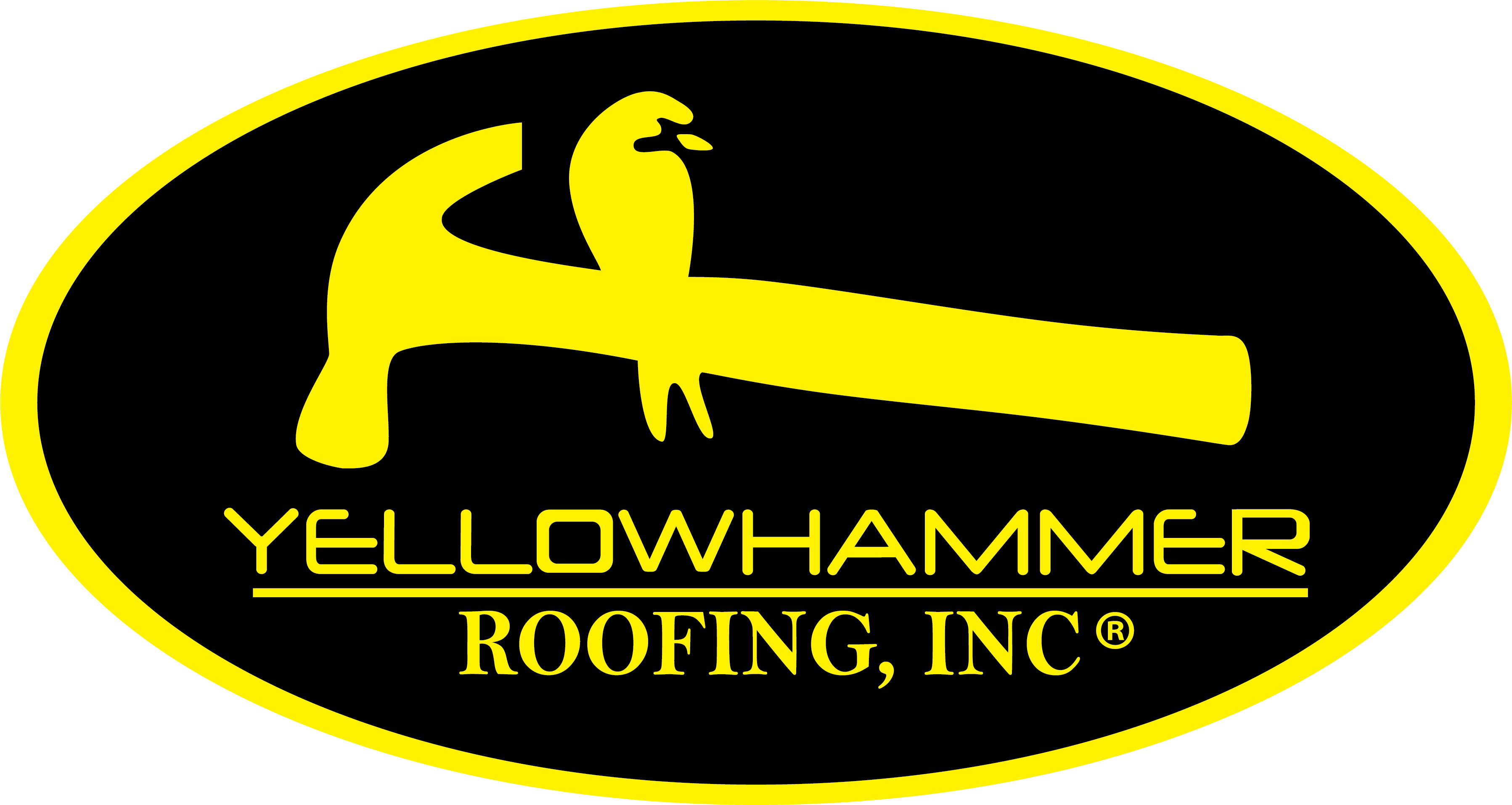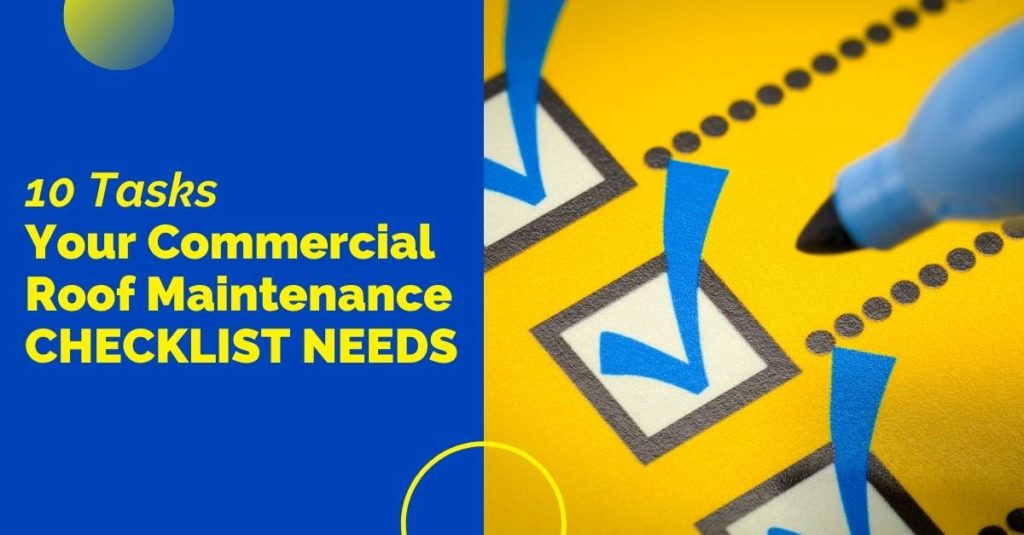What commercial property owner has ever complained of not having enough to fill a work day? Monitoring your commercial roof is always a priority since it protects the rest of your business. You have a responsibility to keep your employees and customers healthy, shield your equipment and inventory from poor air conditions, and preserve the resale value of your property. Take a little off your To-Do list by using this handy maintenance checklist of 10 tips for commercial roofs.
1. Records
Keep careful records. You do it with invoicing, taxes, payroll — do it also with your commercial roof. Who is walking around up there? What are they doing, and how long are they staying?
If possible, record exactly where they work and what equipment or tools they use. This can help when diagnosing tears, pulled seams, or missing flashing and caulking.
Your records can also include warranty information, contact names and numbers for your commercial roofer, and notes about the makeup of your roof (TPO, EPDM, commercial shingles, and so on).
2. Toolbox
Carry a rooftop toolbox whether you go up with just your facilities crew or you accompany your trusted, local commercial roofer. Your toolkit can include all this:
- A rooftop inspection checklist
- Pad and pencil for taking notes
- Camera for taking pictures of problem areas and pictures of healthy areas (as baselines)
- Roof blueprints or aerial photographs
- Tape measure
- Flashlight for seeing into shadowed areas
Inside Man
Not everyone feels safe going onto a commercial roof, even a flat roof. From inside your building, you can still spot incipient problems.
3. Walls
What is the state of your business’s walls? Do you see peeling paint, mold, or dark spots? Do they feel moist? Those are all signs of high humidity and possible water infiltration from roof leaks.
4. Damp
Damp areas around chimneys and vents can indicate failed flashing above, on the roof. You have to not only look, but place your hand against surfaces to sense the dampness.
You may want to consider purchasing a contact moisture meter, too. This will give a precise measure of moisture in drywall and wood.
5. Ventilation
Does your building have adequate ventilation? Nothing shortens the life of a commercial roof like year after year of poor ventilation. Air must circulate, to carry humidity outside, and to balance temperatures with the outside air.
If you can get into the roof deck (the space between the highest floor’s ceiling and the roof surface itself), can you see light coming through cracks or seams from above? Do you see rotted roof timbers, rusted steel, or sagging deck plates?
6. Leaks
Active leaks show up as wet insulation, rotting roof deck timbers, stains on ceilings, or actual dripping water.
Note the location and size of each leak. Flat roof leaks are notoriously hard to track down; leave that part of the work to your helpful, local roofer.
Topside
If you feel comfortable walking on your low-slope roof and can do so safely, here are four tips for identifying potential trouble.
7. Signs
Start with the obvious: indications of visible damage or debris. Debris can rake across your roof, carried by wind and scouring your roof. Look for broken or clogged internal drains and external scuppers.
Be sure to peek over the edge, to gutters and downspouts. They are also part of your entire roof system.
8. Worn
Signs of wear and tear are most obvious along edges. Examine flashings, HVAC curbs, rubber boots around roof piercings, fascia, drip edges, and the parapet.
Check for indications of corrosion, rust, or rot. Make notes of everything you see, so your roofing professional can spend time on the roof efficiently, focusing on problem areas.
9. Ponding
When carefully walking your flat roof, look for ponding, which is water which does not evaporate within 48 hours of rainfall. Also keep an eye out for punctures, tears, displaced ballast, or elongated holes where mechanical fasteners tie your single-ply membrane to your roof deck.
10. Rating
For everything you see on your roof, give it a rating of Good, Fair, or Bad. Good areas need no immediate action. Fair conditions should be closely monitored, and Bad spots must have immediate repair.
Giving your list to your professional roofer helps the crew use their time and your money wisely. The most pressing problems will be addressed first.
Such a list also helps you prioritize budgeting, since annual inspections and maintenance plans can help spread the cost of routine repairs.
These ten timesaving tips to getting a tip-top roof are not the end of the story. For more help in dealing with your commercial roof, contact us at Yellowhammer Roofing. We are your local, trustworthy commercial roofer for all of the Birmingham area and beyond. We can provide maintenance plans, repairs, and entire roof replacement.






